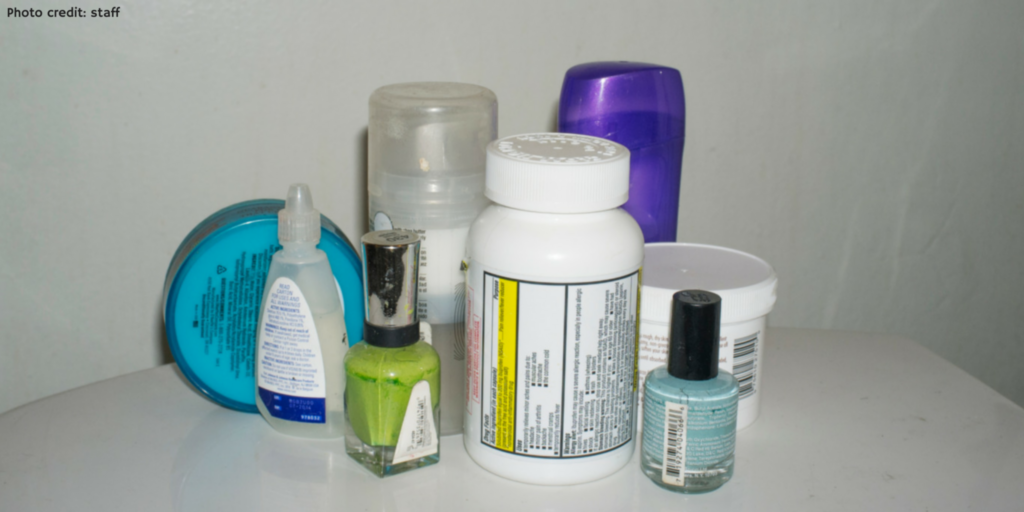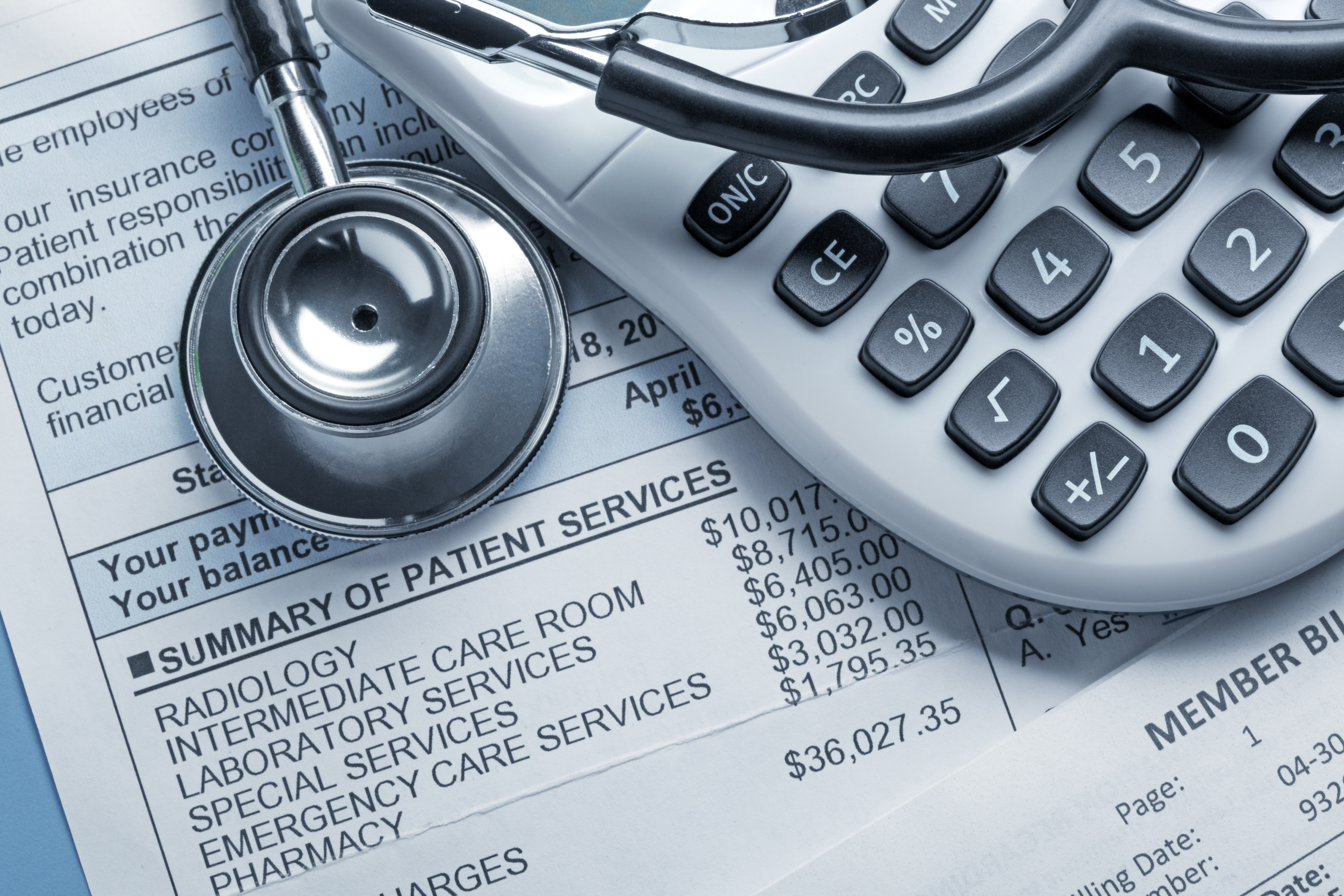Saving your bacon: takeaways from the W.H.O. announcement on the dangers of processed meat
When the World Health Organization announced last week that processed meat is linked to cancer, the world went wild. But we can all agree: we have the right to know about these dangers. So what about the thousands of dangerous invisible chemicals that saturate our daily products? Surely, we have the right to know about them too.
Last week, news broke that processed meat is a more dangerous guilty pleasure than you may have thought. It joined the likes of alcohol, arsenic, and tobacco after the World Health Organization noted a causal link between eating processed meat and cancer.
The announcement made quite a stir—from the industry, to distraught bacon-lovers, to vegan and vegetarian groups. Many people were not too happy to hear that some of their favorite foods are linked to cancer.

But, regardless of your personal opinion on bacon and hot dogs, we can all agree that everyone has the right to know about these potential dangers, and decide for themselves whether to indulge.
So, what about the thousands of invisible toxic chemicals—many of which are potential or known carcinogens—hidden in the products we buy and use every day? Don’t we have a right to know about their risks – or at least which products contain them?
Just as you have the right to know about the risks of eating processed meats, and the right to avoid them if you choose, you also have the right to know about and avoid the thousands of dangerous chemicals manufacturers put into products in our homes, schools, and workplaces.
But right now, most people don’t have a reliable way to find out whether their products contain dangerous chemicals, and if so, which ones and what their risks are. The ingredients in plastics are not listed on labels, cosmetics are not tested for contaminants before they hit store shelves, and there is no way to tell at a glance whether shiny metal toy jewelry or painted toys contain dangerous heavy metals.

If, for example, a pregnant woman decides she wants to avoid potentially dangerous chemicals while pregnant, she cannot truly choose to do so, becauase there is currently no real way of knowing what is in so many of the things we buy.
Why is it so hard to find out what’s in our products? While food ingredients are regulated more strictly, weak health, labeling, and quality assurance regulations allow many toxic chemicals to slip past regulators into the products we buy and use every day. For example, a recent study of toxic chemicals in nail polishes found the hormone-disrupting chemical triphenyl phosphate in every single participant’s body 10 to 14 hours after painting their nails.1 If these chemicals end up in our bodies, we have a right to know about them.
Our government’s ability to limit toxic chemicals in our products that aren’t as newsworthy as bacon is sorely lacking.
For decades now, our nation’s top chemical law, the Toxic Substances Control Act, has been too weak to protect us from toxics. In one of the worst examples of the law’s shortcomings, the Environmental Protection Agency (EPA) has been unable to ban asbestos, despite the fact that we’ve known for many years that asbestos is a carcinogen.

The Food and Drug Administration also lacks regulatory control; it doesn’t have sufficient power to test and ban many ingredients we already know are unsafe – and that’s why those chemicals are still in so many of our personal care products.
So what can be done?
Changing the market has become a pivotal strategy for public health organizations, because addressing the problem through new laws and regulations has proven so difficult. Consumers have also increasingly become aware of the problem, and requested safer products, causing retailers to begin to advocate for manufacturers to make safer products with fewer toxic chemicals.2
In addition to urging retailers to sell safer products with disclosed ingredients, we must also continue to fight for increased study and regulation. A stronger national toxics law that requires chemicals to be proven safe before they enter the market, state authority to protect consumers where the federal government doesn’t go far enough, more power for the FDA to study and regulate chemicals in personal care products, and, of course, stronger right-to-know and labeling laws would all make consumers safer and healthier.
It’s time for the government, manufacturers, and retailers to investigate and inform the public about the invisible toxic chemicals that saturate so many of our products. It might just save your bacon.
1The Hill, “Study finds toxic chemical in nail polish,” 2015.
2Kenneth Geiser, “How big chains from Walmart to Whole Foods are cleaning up chemicals,” 2015.
Topics
Authors
Anna Low-Beer
Find Out More

California legislature advances bill to require warning labels on gas stoves

Apple AirPods are designed to die: Here’s what you should know

New report reveals widespread presence of plastic chemicals in our food

